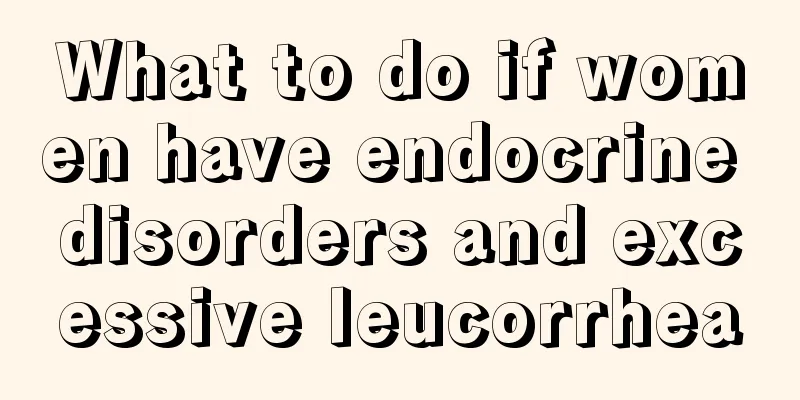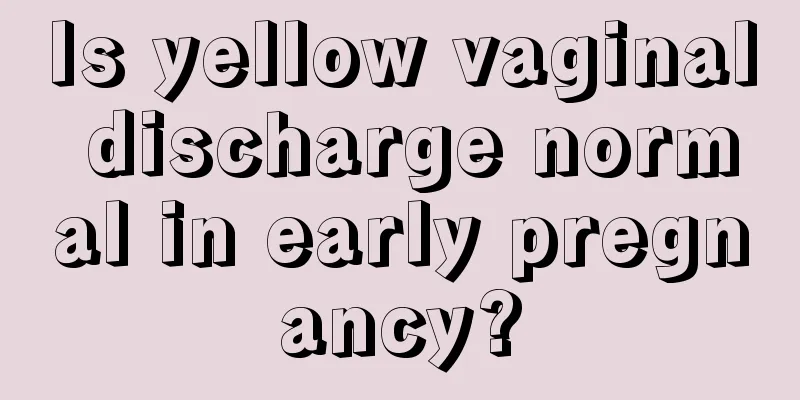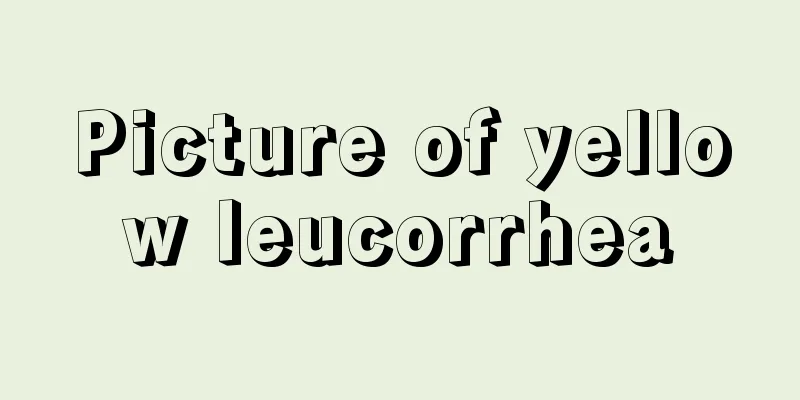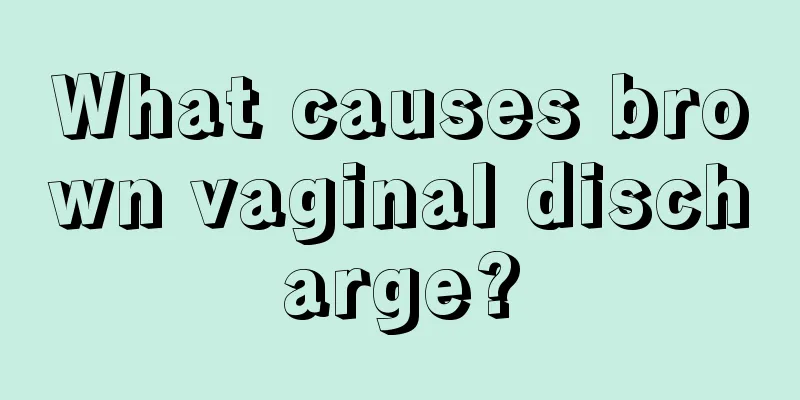What is the best treatment for ovarian cysts?
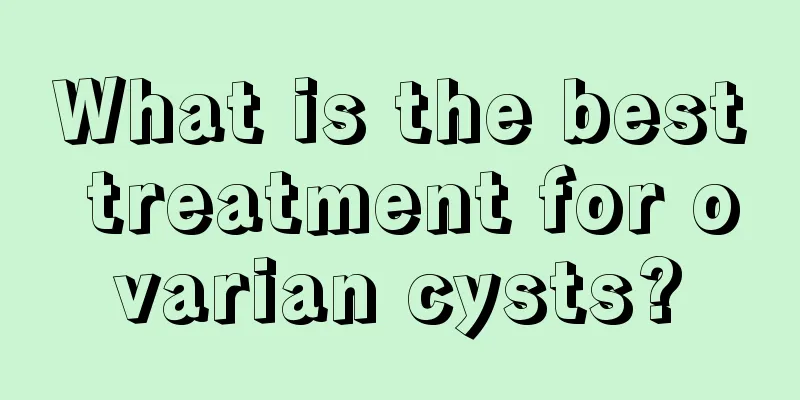
|
Everyone knows that ovarian cysts actually refer to tumors. However, the actual conditions of ovarian cysts are not all the same, and treatment must be based on the patient's actual conditions. If treatment is required, patients would certainly like to use the most effective method. So, what good treatment methods exist? 1. Tumor cysts: The mortality rate of ovarian malignant tumors is high, ranking first among gynecological tumors. Therefore, once it is confirmed to be an ovarian tumor, even if it is an ovarian cystic tumor, such as serous cystadenoma, mucinous cystadenoma, benign cystic teratoma, etc., although most of them are benign, they may transform into malignant tumors, so early surgical removal is required. 2. Non-neoplastic cysts: generally do not exceed 5 cm in diameter, most of them are benign and can disappear on their own without surgery. However, regular checks should be performed to observe whether the cyst is growing and how fast it is growing. If the cyst is large, grows quickly, or ruptures, it should be surgically removed. Some patients also believe that Chinese medicine has no toxic side effects and that Chinese medicine treatment may be effective, but this is not the case. For some types of ovarian cysts, Chinese medicine cannot provide symptomatic treatment. In addition, medication for ovarian cysts has a long course of treatment, is prone to recurrence, and has high long-term costs. It is not currently considered by doctors to be the best treatment method. So, besides surgery and drug treatment, are there any better treatments for ovarian cysts? According to experts, ultrasound interventional treatment is currently the most effective way to treat ovarian cysts. Compared with surgical treatment, ultrasound interventional therapy avoids the pain of laparotomy, preserves organs, leaves no scars, and does not affect fertility. Compared with drug therapy, ultrasound interventional therapy is a one-time effective treatment, avoiding the shortcomings of long-term drug use, repeated discontinuation of medication, and menstrual disorders. Ultrasound interventional therapy is an effective one-time treatment that does not require surgery. It uses imported puncture needles to reach the cyst and myoma tissue directly under ultrasound guidance, injects special drugs, and causes necrosis and disappearance of the cyst and myoma. It is known as a "green therapy." Whether it is a malignant or benign ovarian cyst, the most direct method is surgery. However, the operation is so painful and requires enduring great pain. It will also leave scars after the operation. Therefore, many people do not like this treatment method. In comparison, patients still prefer ultrasound interventional therapy, which is painless and scar-free. |
<<: How to treat third degree uterine erosion
>>: What are the characteristics of chocolate vesicles?
Recommend
What should expectant mothers pay attention to in the 27th week of pregnancy
After a woman becomes pregnant, she becomes a hig...
What are the benefits of drinking wild chrysanthemum tea? Can lotus seed heart and chrysanthemum be drunk together?
There are many ways to drink chrysanthemum tea, a...
What flowers can be grown with indoor diffuse light? What does diffuse light look like for growing flowers?
Many people like to grow flowers and plants indoo...
Leucorrhea is white and tofu-like. Causes
Normal leucorrhea should be colorless, transparen...
How long does it take to recover after minimally invasive surgery for uterine fibroids?
Minimally invasive surgery for uterine fibroids i...
What is hydrosalpinx?
Hydrocephalus atresia of the fallopian tube is a ...
Will excessive night running in summer lead to kidney failure?
In summer, the daytime heat is unbearable, but as...
What is the reason for a lot of blood clots during menstruation?
Adult women normally have their menstrual period ...
How does science explain Ouija boards?
Leviathan Press: A few years ago, I played with O...
How to maintain a woman's uterus
The uterus is a physiological characteristic of w...
A new drug for postpartum depression has taken a big step forward! What is so new about it?
After the new drug is launched, it can be expecte...
Why do women's nipples turn black?
Have you ever noticed that your nipples are gradu...
Winter health soup recipes, six recommended health soups
We know that winter is a good time to maintain he...

